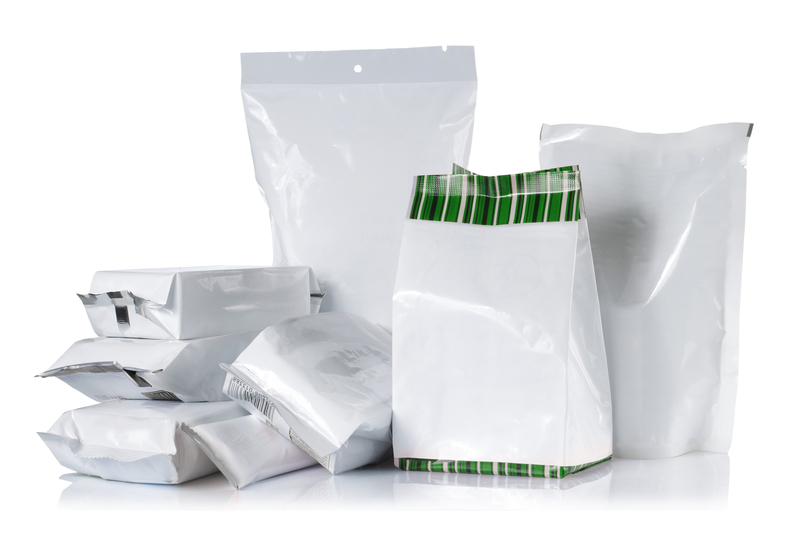Innovative Solutions for Plant Pot Disposal: A Comprehensive Guide
Plant pot disposal is an emerging topic among eco-conscious gardeners and plant enthusiasts. Every year, millions of plastic and ceramic pots are discarded, contributing to landfill waste and environmental pollution. As gardening continues to grow in popularity, the need for innovative plant pot disposal methods has never been more critical. This article explores cutting-edge solutions and creative ideas that help gardeners responsibly manage and recycle their plant containers.

Understanding the Challenge of Plant Pot Disposal
The disposal of plant pots is more complicated than it seems. While many pots are made of recyclable materials, the reality is that only a small fraction is actually recycled. Most plastic pots, even those labeled as recyclable, often end up in landfills due to the complexity of local recycling systems and the size and composition of the pots.
- Plastic pots are often made from types of plastic not accepted in curbside recycling programs.
- Ceramic and terra cotta pots can take decades to break down in a landfill.
- Leftover soil, roots, and plant debris complicate the recycling process.
With these challenges in mind, let's explore innovative plant pot disposal solutions that are both practical and sustainable.
1. Recycling and Upcycling Plant Pots: The First Step
Local Recycling Programs for Plant Container Disposal
Although traditional curbside recycling isn't always an option, some local garden centers and nurseries offer specialized recycling programs for plant pots. These initiatives ensure pots are sent to the correct facilities where they are processed and reused.
- Check with Local Nurseries: Many welcome returned pots and trays for reuse or recycling.
- Community Collection Events: Some municipalities hold annual or seasonal plant pot recycling days.
- Recycling Labels: Look for pots with recycling symbols and numbers, and verify with your local program if they are accepted.
Creative Upcycling Ideas
Why not get creative with your old plant containers? Upcycling is an innovative plant pot disposal alternative, giving new life and purpose to pots. Here are some exciting upcycling concepts:
- Organizers: Use small pots as desk organizers for pens, paperclips, and stationery.
- Outdoor Decor: Decorate and stack old pots to create garden sculptures or vertical planters.
- Craft Projects: Paint and personalize pots as gifts or DIY crafts with kids.
Upcycling not only reduces waste but also encourages creativity and community spirit.
2. Biodegradable and Compostable Alternatives
Plant Pots Made from Natural Materials
One of the most significant innovations in plant pot disposal is the widespread introduction of biodegradable pots. These containers are made from organic materials like coir, peat, rice husks, wood fiber, and even recycled paper.
- Coconut Coir Pots: Made from the fibrous husks of coconuts, these pots decompose quickly and can be planted directly into the ground.
- Wood Fiber and Rice Husk Pots: Both compost naturally and enrich soil as they break down.
- Compressed Paper Pots: Ideal for starting seedlings; once plants are ready for transplanting, the entire pot can be buried in soil.
The use of compostable plant pots eliminates disposal concerns since the pots break down naturally into non-toxic components, supporting a sustainable gardening cycle.
Vermicomposting and Compost Bin Integration
For gardeners with their own compost systems, certain materials like coir or paper pots can be added directly to compost bins or even worm bins (vermicomposting). This is an eco-friendly disposal method for plant pots that supports soil fertility and reduces landfill contribution.
3. Return, Reuse, and Refill Programs
Innovative Reuse Initiatives
Garden centers, nurseries, and even online retailers are now encouraging customers to return empty pots for reuse or refill. Some programs include:
- Deposit Return Systems: Pay a small deposit on a pot at purchase, refunded upon return.
- Refillable Plant Pot Programs: Some stores allow customers to refill their old pots with new plants or soil at a discount.
- Pilot Schemes: Leading brands may launch localized initiatives to collect, sanitize, and reuse pots in their supply chains.
Such approaches dramatically extend the life of each pot and are instrumental in reducing the overall demand for virgin plastic or ceramic containers.
4. Community-Based Plant Pot Sharing and Swapping
Building Local Networks for Sustainable Disposal
Community action is one of the most innovative plant pot disposal strategies. Many towns and cities are building sharing economies around gardening supplies. Platforms like social media groups, or local gardening clubs, often organize pot exchange events where you can drop off unwanted pots, and take ones you need.
- Neighborhood Pot Swaps: Arrange a pot swap with friends or at community gardens.
- Online Exchange Groups: Use platforms such as Facebook Marketplace, Freecycle, or Nextdoor to give away or find spare pots.
- Tool Libraries: Some community organizations now include plant pots in their inventories for lending or permanent exchange.
Stay alert for seasonal or annual initiatives around Earth Day and National Gardening Day as local groups often organize special events for garden container reuse and recycling.
5. Innovative Materials and Future Technologies
Plant-Based and Recycled Plastics
The industrial sector is investing in green technologies to produce plant pots from recycled plastics, or from plant-based bioplastics. Recent innovations include:
- Recycled Ocean Plastic Pots: Companies are transforming waste collected from oceans into durable, stylish garden containers.
- Polylactic Acid (PLA) Bioplastic Pots: Made from fermented plant starch (usually corn or sugarcane), these pots are both compostable and biodegradable.
- Resin and Composite Innovations: Engineered to look and feel like traditional pots, but using much less petrochemical plastic.
Smart Plant Pot Disposal Kiosks
In urban areas, a few pioneering cities have installed smart kiosks specifically for plant container disposal. These kiosks automatically sort, clean, and prepare returned pots for reuse or recycling. Some also offer discounts or rewards for participation, incentivizing proper plant pot recycling.

6. Educating Gardeners on Responsible Pot Disposal Practices
Guidelines for Gardeners
Ultimately, eco-friendly plant pot disposal begins with the consumer. Education and awareness can have a significant impact on reducing waste. Here are important tips for gardeners:
- Clean Pots Before Disposal: Remove all soil, labels, and plant residue to improve recyclability.
- Purchase Wisely: Choose plants sold in biodegradable or recycled pots whenever possible.
- Support Green Initiatives: Patronize nurseries or stores that actively participate in sustainable plant container disposal programs.
By making informed choices, gardeners can help drive the demand for greener products and disposal methods.
Conclusion: Shaping a Sustainable Future with Innovative Plant Pot Disposal Solutions
With a growing emphasis on sustainability and reducing environmental impact, innovative plant pot disposal solutions are vital for modern gardening. From recycling and upcycling to the adoption of biodegradable containers and community-based sharing economies, the options available today are more diverse and accessible than ever.
By embracing these solutions, individuals, organizations, and industries can collectively reduce waste, support the circular economy, and protect the environment. As new materials and recycling technologies emerge, the future of plant pot disposal is poised to become increasingly sustainable and innovative.
Let's make responsible plant container disposal an essential part of every gardener's routine--and grow towards a greener world together!